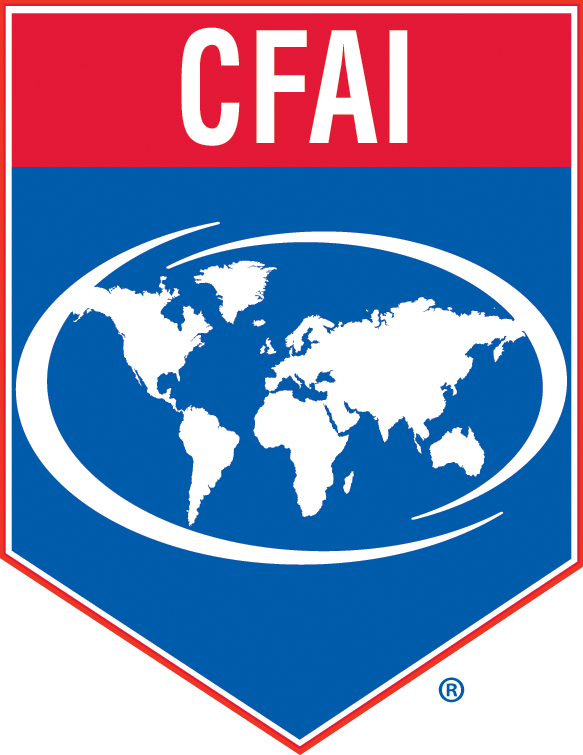
At the core of any credible public safety organization is its’ measurement of risk throughout the communities they serve. Establishing a robust risk assessment methodology is the foundation of the community’s adopted standards of cover. Credible organizations continuously monitor and manage their evaluation and response to risk. Without these two key components working together to synchronize the community’s valuable resources, a fire department is only doing what they have always done, and what others are telling them to do.
An agency seeking CFAI accreditation will need to spend time developing and applying a methodology of accurately measuring both fire and non-fire risk throughout their service area. The community risk assessment (CRA) must recognize all hazards and categorize them into a manageable and sensible method that speaks to what is acceptable for the community to support and afford.
The standards of cover (SOC) are just what it says. The community and the fire department must come together in a realization that the identified risk is not only confirmed, but what current, or baseline, levels of performance the fire department is capable of delivering. It will become very evident to the fire department that while response times are important to this measurement, the real measure of a successful response is in the final outcome of the event. This is where the CFAI model steps out in front of any other similar measurement tool in establishing an agency’s credibility.
Together, the CRA/SOC becomes the foundation of agency success. Defining risk, developing a response, measuring current performance, planning for overall improvement, and setting benchmark goals lead the agency and the community, together, towards continuous improvement.
